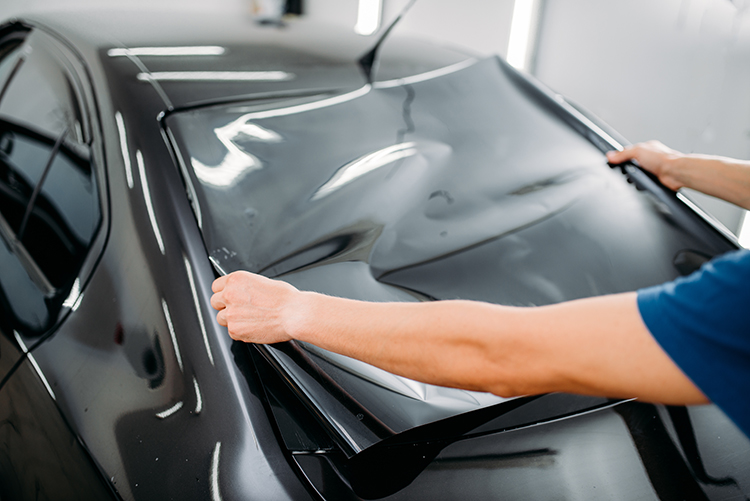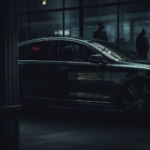
More people than ever are choosing to tint their vehicle’s windows than ever before. The numerous benefits associated with doing so, which are discussed below, make it obvious as to why. Unfortunately, there is still some misconception about how to rate the efficiency of window tint. Many people believe the darker the tint, the better the tint. This is not always the case, however.
Benefits of Vehicle Window Tint
There are numerous benefits associated with tinting the windows of your vehicle. A few of the primary benefits among these include:
- The vehicle’s interior will remain cooler, with the air conditioning needing to work less. This is also better for your vehicle’s engine.
- Protection against the sun’s UVA and UVB rays, which can cause sunburn and increase the risk of later development of skin cancer.
- A reduction in glare, especially from the vehicle’s side windows. Glare is both distracting and potentially blinding.
- Should the windows be broken for any reason, including a vehicle crash, there will be less shattering. The tiny fragments from windows can be dangerous during any type of accident, because they can cause injury to the skin, eyes, ears, nose, or even the mouth and throat if small enough.
Why Darker Doesn’t Mean Better
Modern window tint comes with a wide variety of different features. They are also available in a variety of colors and materials. One of the most common misconceptions consumers have when choosing the correct tint for their windows is that darker automatically means better. This is far from the case, however.
Consumers need to look at all of the different features available to make the best decision for their unique situations. There is no “one size fits all” when it comes to which window tint is best. Before anything else, you must ensure that the window tint you choose falls within your state’s window tint laws. These laws limit the amount of darkness and reflectiveness allowed within that state, as well as where window tint can or cannot be applied.
Once you’ve become familiar with your state’s window tint laws, the next step is to figure out which material is best suited for your needs. Those on a budget, for example, typically opt for dyed film. This is the most affordable type of window tint, but it is not quite as long-lasting as more expensive films, like ceramic or metalized.
Each specific type of window tint will come with it’s own set of unique pros and cons. Metalized window tint may be more durable, for example, but the tiny flecks of metal can disrupt any electronics in the vehicle’s interior.
Conclusion
Darker does not always mean better when it comes to reaping the benefits associated with auto window tint. For the most effective use of any type of window tint, it is highly suggested that consumers hire a professional to install the window tint on their vehicles. This is because window tint tends to be fragile. The smallest mistake could render a large portion of the window tint useless, and that would be a waste of both time and money.






Comments are closed.